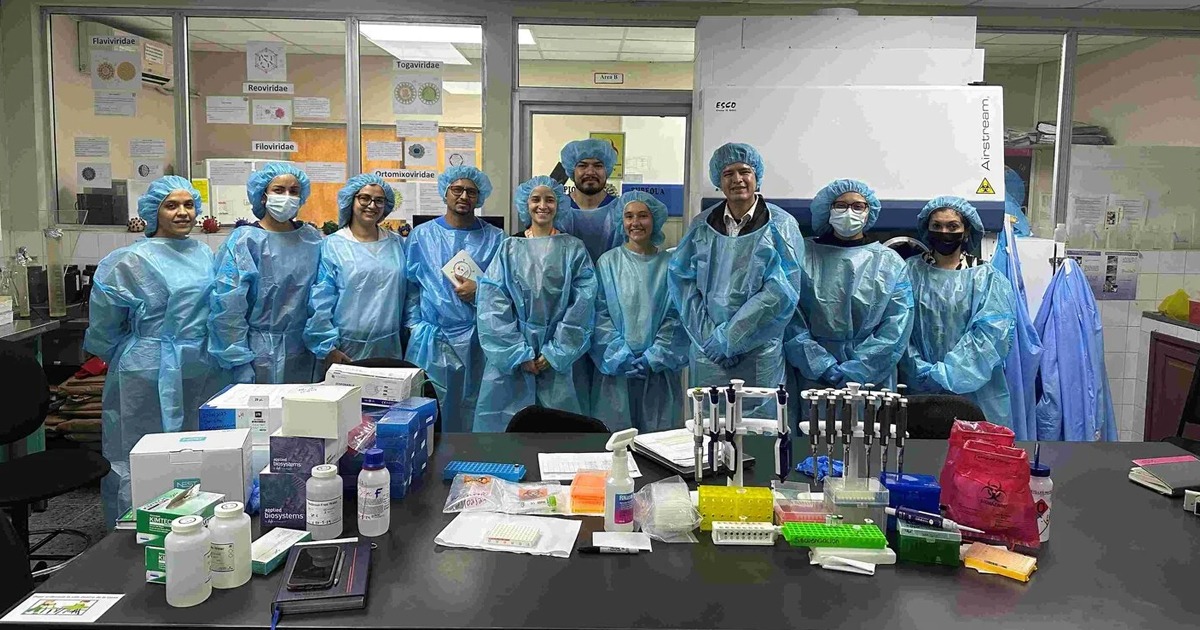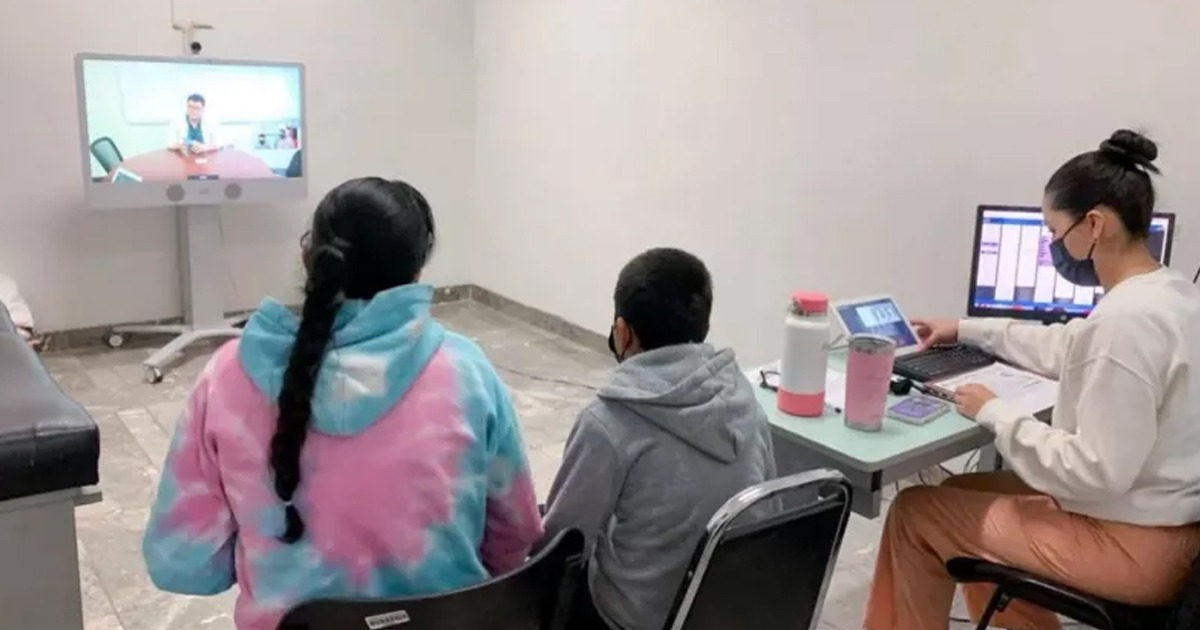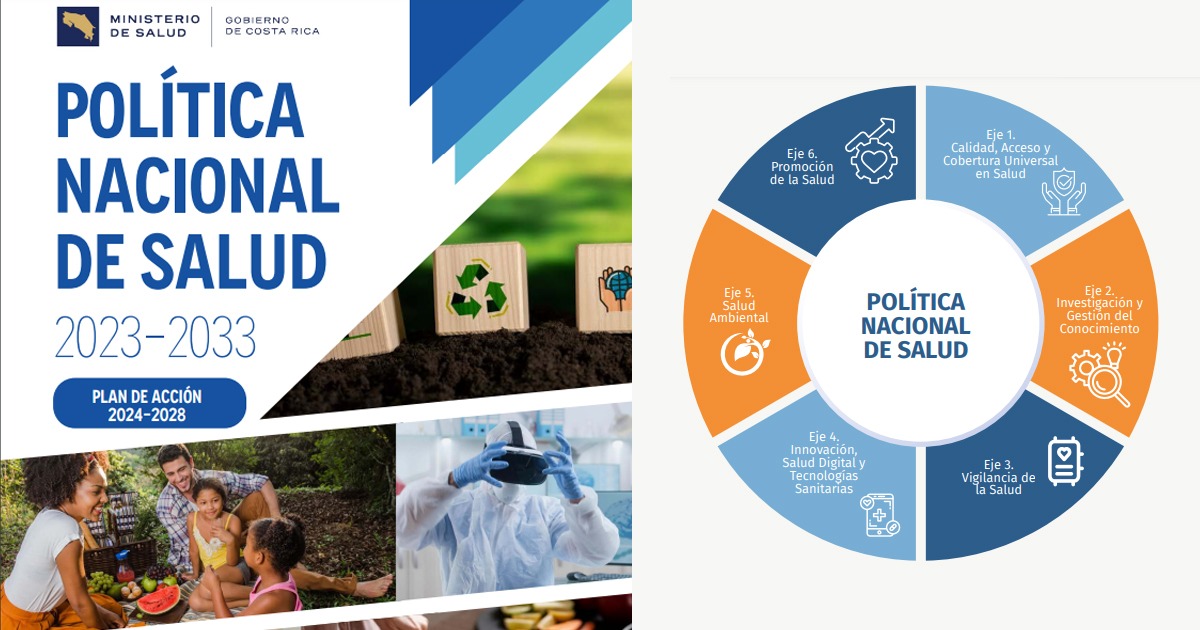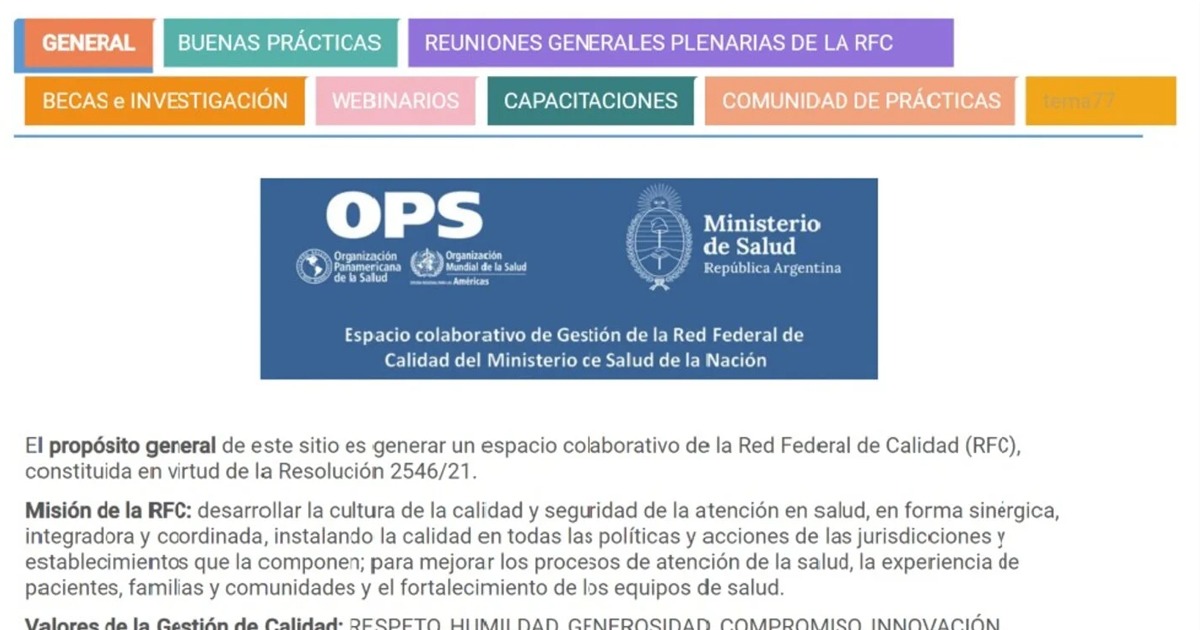The new software and mobile applications cataloged as Digital Health solutions must have regulations to avoid misinformation and promote the use of technologies with scientific support.
The use of mobile health applications has increased in recent years, however, there are challenges of these Digital Health tools. Access to this type of solution must be given in a context where its use is regulated.
In the United States the U.S. Food and Drug Administration (FDA) (FDA, for its acronym in English), has regulated certain medical devices in recent years, however, applications for monitoring and registering symptoms are not regulated as they are considered low risk.
The FDA is in charge of regulating and approving medical devices when they are final products, such as software, algorithms, Artificial Intelligence, among others. These types of technologies have been named Software as Medical Devices (SaMD).
SaMD are defined by the International Medical Device Regulators Forum (IMDRF) as “software intended to be used for one or more medical purposes that perform these purposes without being part of a hardware medical device. ”.
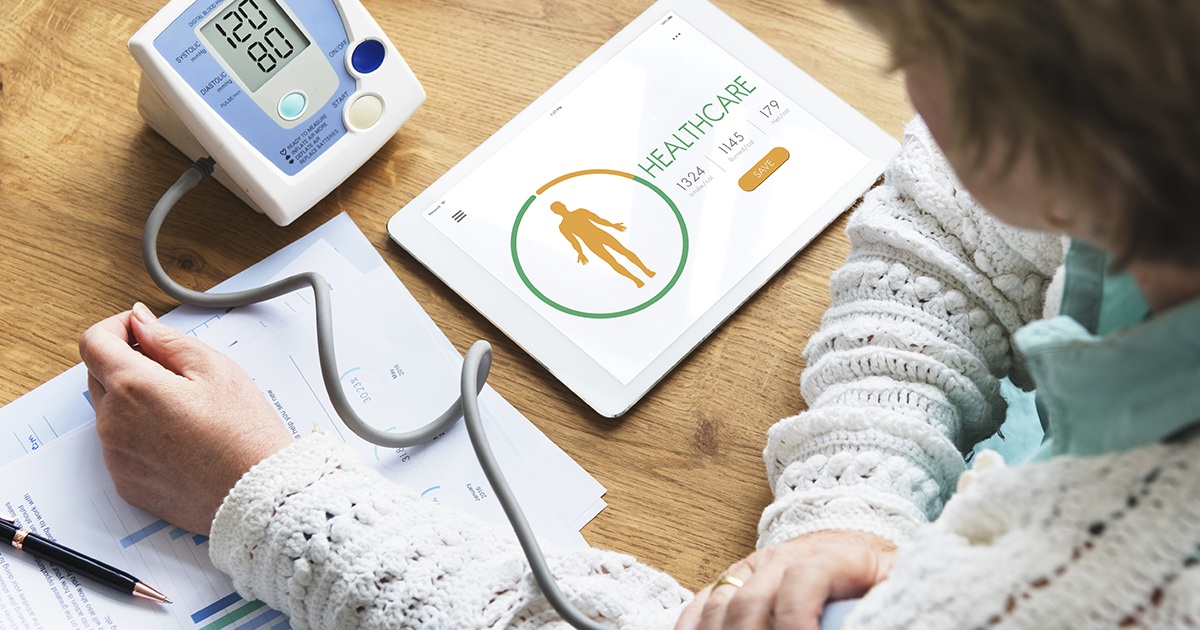
The FDA classifies SaMDs into three categories, software that is a medical device on its own, software that is an integral part of a medical device, and software that is used for the manufacture or maintenance of a medical device.
The IMDRF has developed guidelines to support the use of this type of technology, promoting its safety and effectiveness.
COFEPRIS advances
In Mexico the Federal Commission for the Protection against Sanitary Risks (COFEPRIS) has created a Working Group on Innovative Regulation for SaMD. This is important as companies seeking to implement SaMD in the Mexican market are governed by foreign regulations and outside of Mexican regulations.
These types of actions seek to guarantee high standards to protect the integrity of users with products tested before being introduced into the country. In this way, COFEPRIS seeks to make regulations a more democratic exercise.
The objectives of COFEPRIS regarding the regulation of SaMD is the evaluation of NOM 241 SSA1 2020 and the detection of necessary modifications that can be addressed by COFEPRIS.
The Working Group is made up of medical and pharmaceutical companies, as well as academic institutions such as the National Council for Science and Technology (Conacyt), the College of Biomedical Engineers.
The goal for 2021 is to complete the tasks of the working group: the classification of software-based medical devices; define SaMDs and their regulations; design the regulations; and design regulations.
And the goal for 2022 is to change the Official Mexican Standards involving terms, operations, surveillance and supervision related to SaMD.

